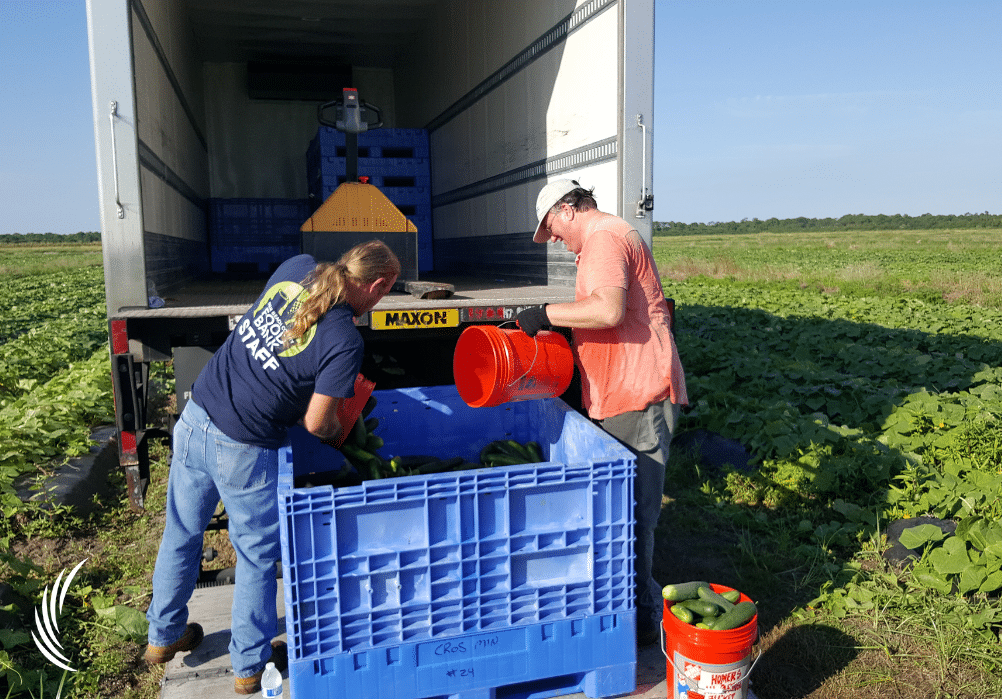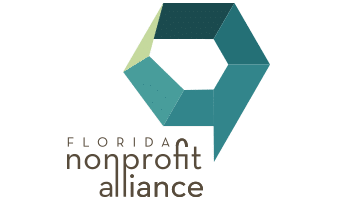
Nonprofits across Florida served more people in 2024, even as they struggled with less money, fewer volunteers, and the impacts of three hurricanes, a new report shows.
The Florida Nonprofit Alliance recently released its 2024 report on the state’s nonprofit sector, showing how organizations managed programs, staffing, fundraising, finances, and challenges during the past year.
The group has surveyed Florida nonprofits since 2020. The new report also includes data on the effects of hurricanes and breaks down differences across eight regions of the state.
The alliance surveyed 2,160 organizations in the fall.
In the southeast region, which includes the Community Foundation’s service area, the survey found that nonprofits are slightly more likely to have fully virtual services and are more likely to have had a CEO change in 2024. They’re also the least likely to have reserves and are more likely to have a disaster plan.
“The survey confirms what we have been seeing on the ground with many of our nonprofit partners,” said Danita DeHaney, President and CEO of the Community Foundation. “That makes our mission to support these organizations all the more critical.”
In 2024, nearly half of the nonprofits in Florida faced increased demand for services. About 44% served more people than in 2023, but many struggled with funding, volunteers, and staff needs.
Funding and fundraising were the top challenges for the fifth year in a row. Forty-six percent of nonprofits said fundraising was difficult. Sixty-one percent said they did not raise more money in 2024 than in 2023. Most did not gain new funding sources, and many had no financial reserves. One in three had no savings. One in five had less than three months of operating funds.
Higher costs added pressure. Half of the nonprofits reported increased prices for basic expenses. Unlike businesses, nonprofits cannot raise prices to cover the costs.
 Volunteers were also in short supply. Forty percent of organizations said they need more volunteers. One in five still had fewer volunteers than before the COVID-19 pandemic in 2019.
Volunteers were also in short supply. Forty percent of organizations said they need more volunteers. One in five still had fewer volunteers than before the COVID-19 pandemic in 2019.Staffing remained a concern. About 30% of nonprofits expect to have new leadership by 2027. Many reported trouble offering competitive pay and benefits.
Storms hit many nonprofits in 2024. One third were affected by at least one hurricane. Of those, nearly half were hit by two storms. Most did not receive help for storm recovery, even though many were active in relief efforts.
The Florida Nonprofit Alliance said these findings show the need for more support. Nonprofits continue to serve growing needs, but they face limits without more help from donors, volunteers, and the community.
“With the Community Foundation’s support and the support of our generous donors, we know that our nonprofit partners can make it through lean times,” DeHaney said. “Together, we all will continue to serve those in our community who are most in need.”





